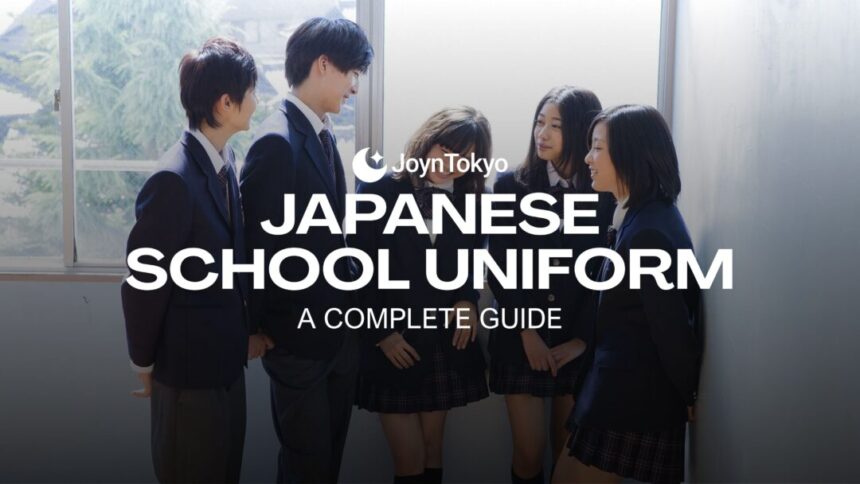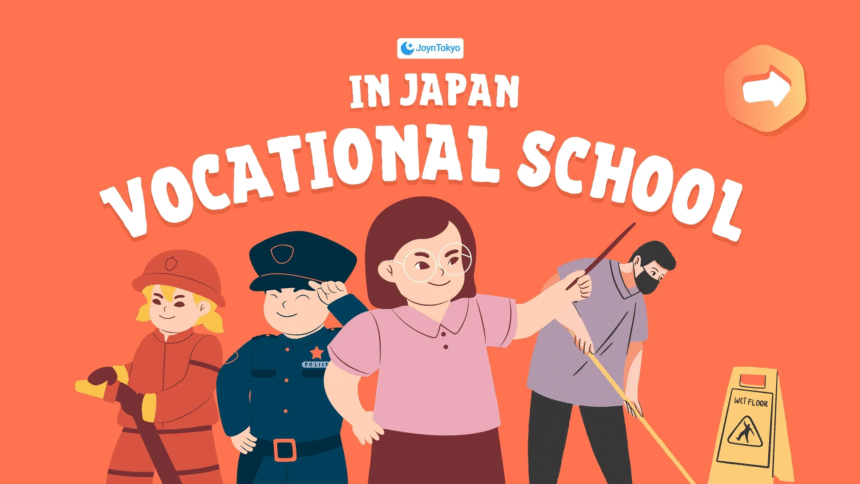School uniforms are a defining feature of Japanese education. They represent discipline, equality, and shared identity, while also holding deep cultural symbolism. From brightly colored elementary caps to formal high school blazers, uniforms are more than clothing — they are a rite of passage in every student’s life.
High School Uniforms in Japan

High school uniforms are the most iconic, often seen in anime and Japanese dramas. Girls wear sailor suits or blazers with plaid skirts, while boys wear blazers with ties or the traditional gakuran. Private schools often design distinctive colors and emblems, while public schools stick to simpler versions. Rules are strict, covering skirt length, hair, and even shoe color. Seasonal versions ensure comfort throughout the year, with summer and winter sets issued to all students.
Essential Parts: Blazers or sailor tops, plaid skirts or trousers, ties or ribbons, school shoes, seasonal coats.
Cost: ¥40,000–¥100,000 ($270–$680) for a complete set, with additional seasonal items raising the price.
Middle School Uniforms in Japan
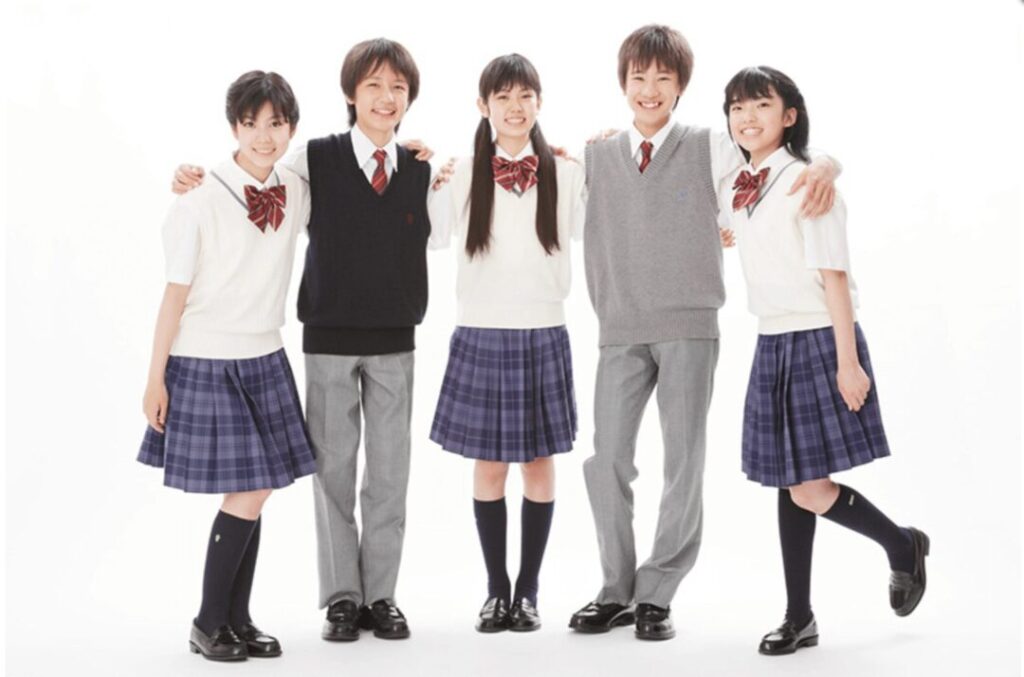
Middle school marks the start of stricter dress codes. Girls typically wear sailor suits, while boys use gakuran or blazers, with gym uniforms for daily exercise. Personalization is rare, and teachers enforce rules closely to prepare students for high school. The uniform is worn both on school grounds and while commuting, reinforcing discipline.
Essential Parts: Sailor suit or blazer, pleated skirt or trousers, cap or ribbon, gym tracksuit.
Cost: ¥30,000–¥70,000 ($200–$480), making it slightly cheaper than high school uniforms.
Elementary School Uniforms in Japan
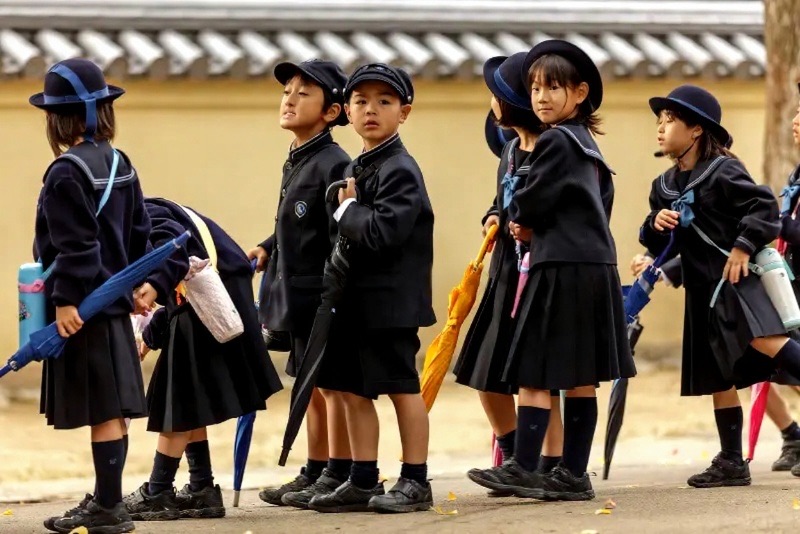
Elementary schools vary widely — many public schools allow casual wear, while others require uniforms. Where used, designs are practical, focusing on comfort and safety. The randoseru backpack is essential, often more expensive than the uniform itself. Caps are color-coded for safety, especially during outings. Gym uniforms are nearly universal.
Essential Parts: White shirt, shorts or skirt, colored cap, gym tracksuit, randoseru backpack.
Cost: Uniform sets cost around ¥10,000–¥30,000 ($70–$200), while randoseru bags range from ¥40,000–¥80,000 ($270–$550).
Seasonal Uniforms in Japan
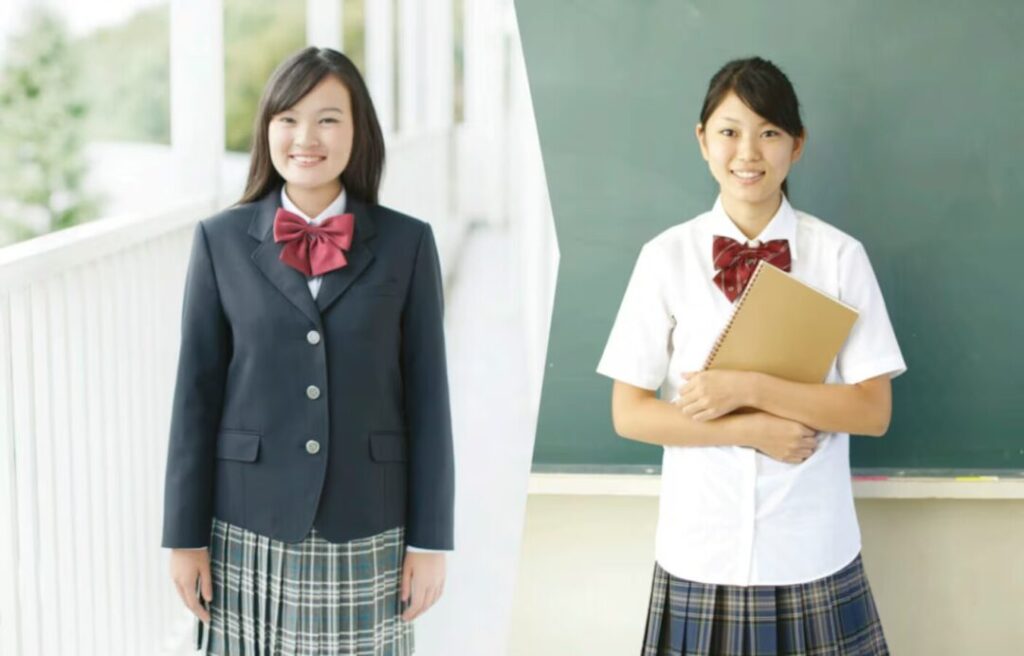
Japanese schools typically issue both summer and winter uniforms. Summer versions are lightweight, with short sleeves and fewer layers. Winter uniforms include sweaters, jackets, and heavier fabrics. Twice a year, schools hold a formal changeover period where students switch uniforms. These seasonal shifts act as mini-milestones in the academic calendar.
Essential Parts: Summer set (short sleeves, lighter fabric), winter set (sweaters, jackets, coats).
Cost: Seasonal uniforms add ¥10,000–¥40,000 ($70–$270) to overall expenses.
Uniform Accessories and Variations
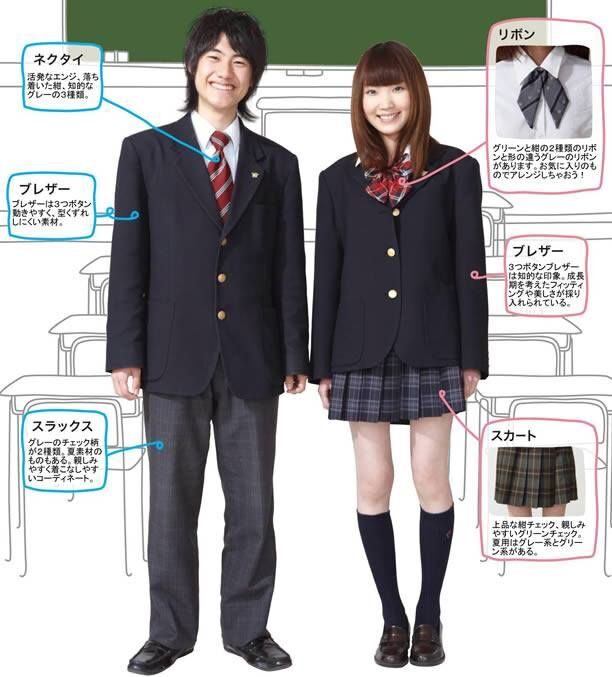
Accessories allow limited personal expression while following school rules. Many students add mascots or charms to school bags, or wear socks and scarves in approved colors. Clubs often provide badges or ribbons that become part of the daily look. While minor, these variations are important to student identity.
Essential Parts: School bag, socks, scarves, club badges, hair accessories.
Cost: Accessories are inexpensive, usually ¥1,000–¥5,000 ($7–$35), though school-branded bags can reach ¥10,000 ($70).
Where to Buy Japanese School Uniforms
Most uniforms are purchased directly through schools or designated retailers, especially for official sets. Department stores like Ito-Yokado and Aeon also sell school clothing and accessories, including gym wear and shoes. Specialty shops in districts like Harajuku and Akihabara offer secondhand uniforms, often bought for fashion rather than study. Online stores and resale platforms provide cheaper options for parents on a budget. For foreigners, some websites sell authentic or replica Japanese uniforms that can be shipped abroad.

